ACL Repair
The rupture of the cruciate ligament is the most common knee injury in the dog. This injury has two common presentations. One is the young athletic dog playing roughly who acutely ruptures the ligament and is non-weight bearing on the affected hind leg. The second presentation is the older, overweight dog with weakened or partially torn ligaments that rupture with a slight misstep. In this patient the lameness may be acute or there may be more subtle chronic lameness related to prolonged joint instability.
Your veterinarian will perform an orthopedic exam and take radiographs (x-rays) in order to diagnose this injury. The orthopedic exam involves an analysis of the gait, examination of the joint for swelling and/or pain and the presence of “drawer movement” (the presence of forward instability of the knee joint). Sedation is often required to do an adequate evaluation of the knee, especially in large dogs. Sedation prevents the pet from tensing the muscles and temporarily stabilizing the joint and preventing the demonstration of the drawer sign. Radiographs confirm inflammatory changes in the joint and establish the level of osteoarthritic changes present.
Surgical repair is recommended in most cases to stabilize the joint and prevent further arthritis secondary to the joint instability. There are three primary types of surgical repair: intracapsular, extracapsular, and tibial plateau leveling osteotomy (TPLO). The type of surgical repair will be determined by the size, age and activity level of the pet as well as the degree of osteoarthritis already present in the joint. The recovery time and recommendation for physical therapy will depend on the type of surgical repair performed.
ACL Repair Techniques Offered – Click to learn more:
Arthroscopy
Arthroscopy is a surgical procedure surgeons use to visualize, diagnose and treat problems inside a joint. During an arthroscopic examination, an orthopedic surgeon makes a small incision in the skin, and then inserts pencil sized instruments that contain a small lens and lighting system to magnify and illuminate the structures inside the joint. The surgeon can determine the amount or type of injury, and then repair or correct the problem, if it is necessary.
Cystotomy
A Cystotomy is a surgical opening created in the wall of the urinary bladder. This procedure allows the surgeon to look inside the bladder.
Dentistry
What is periodontal disease?
Periodontal disease is very prevalent among dogs and cats. Periodontal disease simply means that the gums and bone that hold the teeth in place are being destroyed by oral bacteria. This preventable disease is a very common disease in our pets, yet many animals suffer needlessly.
Periodontal disease begins with gingivitis, or inflammation of the gum tissue, which is caused by plaque. Plaque is a mixture of saliva, bacteria, glycoproteins and sugars that adhere to the tooth surface. Within minutes after a cleaning, a thin layer of plaque has adhered to the teeth. Eventually this hardens to become calculus or tartar. Calculus by itself is nonpathogenic – it does not cause disease. However, it does create a rough surface for more plaque to adhere to, and pushes the gums away from the teeth, which increases surface area for more plaque to adhere.
Eventually, the supporting structures of the tooth (bone, tissue, periodontal ligament) are destroyed and the tooth becomes mobile and will either fall out on its own or need to be extracted. Signs of periodontal disease are bad breath (halitosis), reluctance to eat, chewing on one side of the mouth, dropping food, pawing at the face or rubbing the face on the floor, drooling, becoming head shy, and painful mouth/face.
Veterinarians recommend the following care for pets:
STEP 1: Bring your pet in for a dental exam. Don’t wait for his annual checkup if you suspect a problem.
STEP 2: Begin a dental care regimen at home. Brushing your pet’s teeth daily is very important. We also recommend using a specially formulated dental rinse, and dental chews and food. Please ask us if you need instructions on brushing your pet’s teeth, or if you have any other questions.
Periodontal disease and oral bacteria can easily affect other organ systems including the heart, liver, kidneys, lungs and brain.
Dental and Digital X-rays
Dental X-rays are pictures of the teeth, bones, and soft tissues around them, to help find problems with the teeth, mouth, and jaw. X-ray pictures can show cavities, hidden dental structures, and bone loss that cannot be seen during a visual examination. Dental X-rays may also be done as follow-up after dental treatments.
Digital X-Ray Sensors are used instead of traditional radiographic film. Advantages include time efficiency through bypassing chemical processing and the ability to digitally transfer and enhance images. Also less radiation can be used to produce an image of similar contrast to conventional radiography.
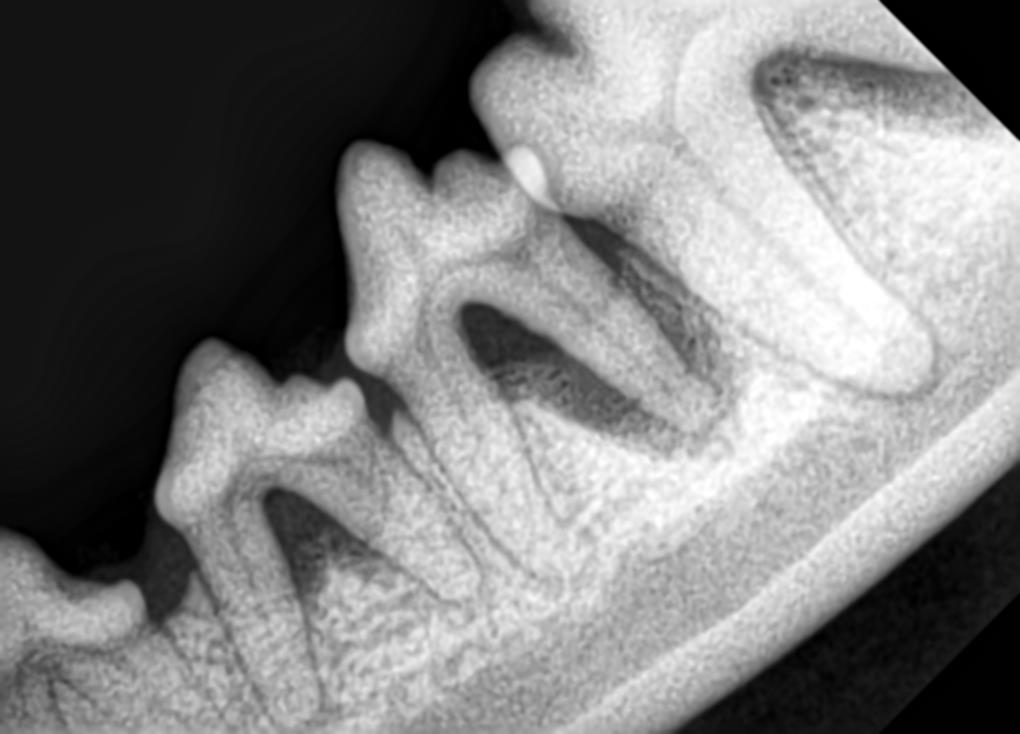
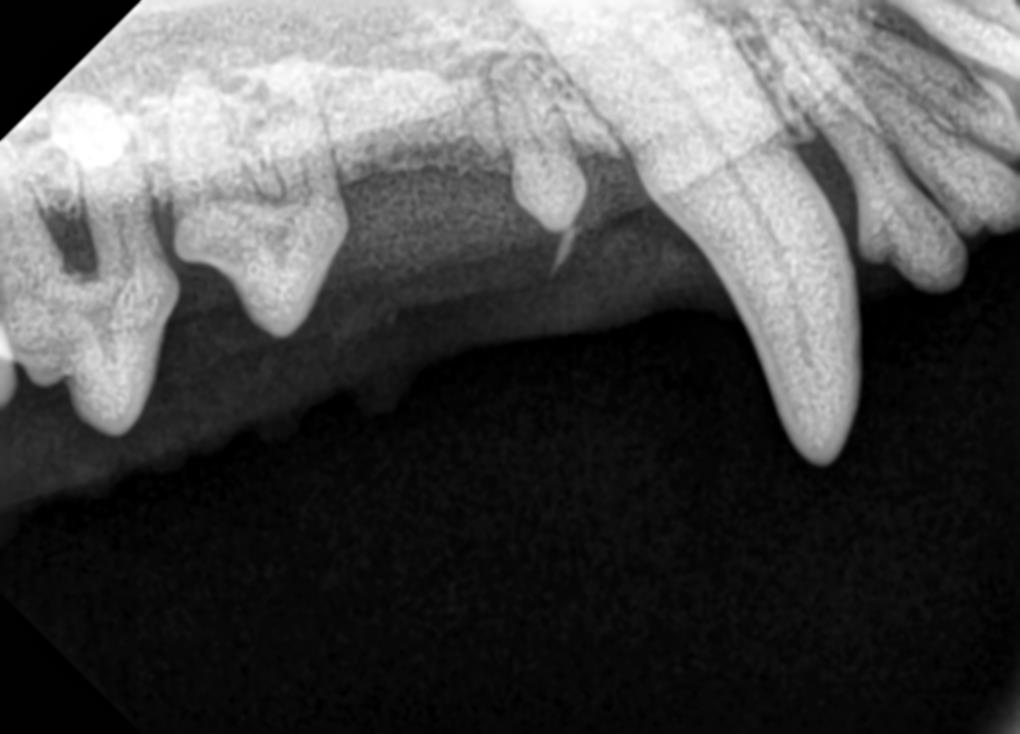
Endoscopy
As human medicine races toward an ever-expanding horizon of technology, veterinary medicine is running a close second. Within the past twenty years, new technologies in diagnostics and surgical techniques have made it possible to greatly extend a family pet – or animal athlete’s life and competitive career.
Endoscopy can retrieve objects from a pet’s gastrointestinal tract and bypass surgery all together. . It will also give your doctor a close up view of the digestive tract, aiding in diagnosing a multitude of illnesses. Arthroscopes and laparoscopes make joint and abdominal surgeries almost seem like minor procedures.
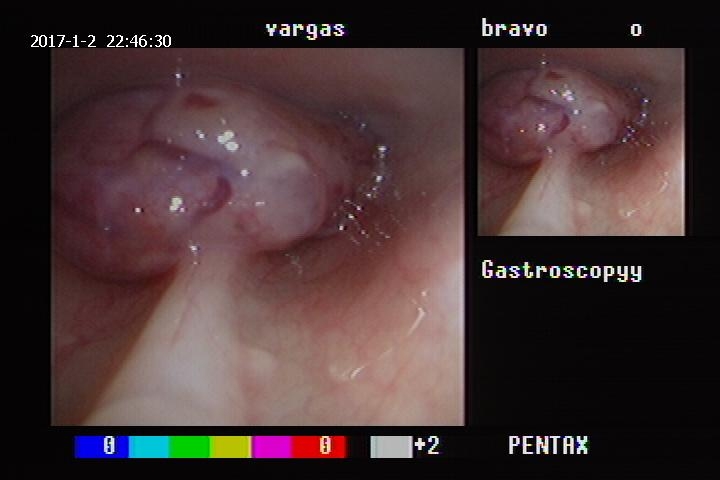
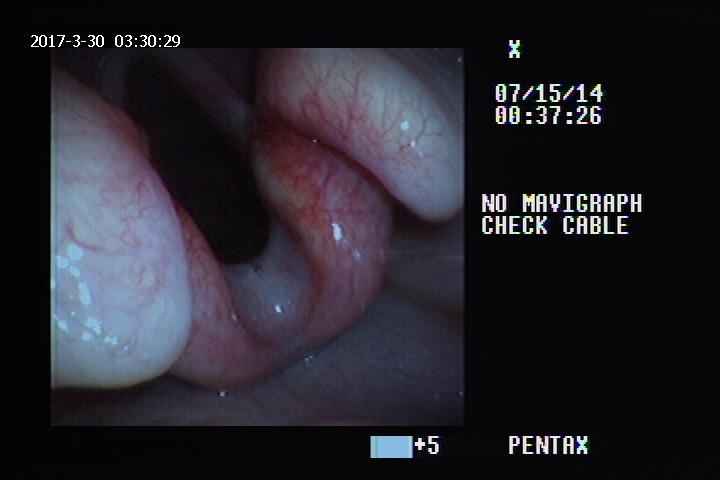
Gastrotomy
Gastrotomy is a surgical incision created in the wall of the stomach that allows the surgeon to examine the inside of the stomach
Laser Therapy
What is laser therapy?
Laser therapy is the application of a coherent light. The laser light consists of multiple light waves in which all the waves support one another. Laser therapy is a holistic, non-invasive, effective way to treat and manage many different conditions.
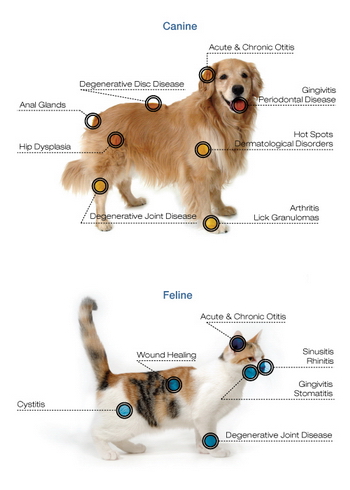
MRI/CT
Advances in diagnostics such as ultrasound, echocardiography, and even MRI’s are becoming more and more accessible in veterinary medicine and detect disease processes much earlier. This means that illnesses such as cancer that once carried a grim prognosis for pets are now considered treatable and often with a good outcome. Tendon and bone problems that once spelled the end of a career for canine athletes can be diagnosed much sooner, often before the animal has any pain, so that treatment begins before devastating trauma occurs.
These are images of a CT scan looking for a nasal mass.

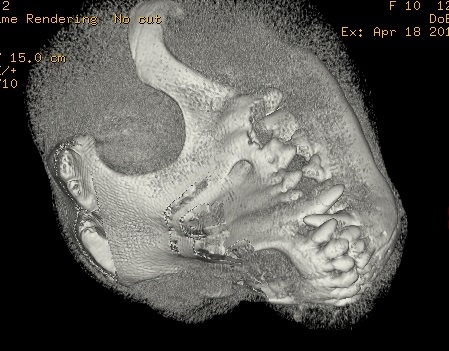
This is a patient undergoing an MRI scan, another helpful diagnostic tool for our clinic.
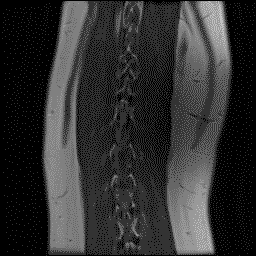
Nuclear Medicine
Nuclear Medicine uses safe, painless, and cost-effective techniques to image the body and treat disease. Nuclear medicine imaging is unique, because it provides veterinarians with information about both structure and function. It is a way to gather medical information that would be unavailable, require surgery, or necessitate more expensive diagnostic tests.
Nuclear medicine imaging procedures often identify abnormalities very early in the progress of a disease before problems are apparent with other diagnostics
Oncology
Cancer is a disorder of cell growth (uncontrolled cell division) that results in an abnormal mass of tissue (tumor) without a purpose. The growth exceeds that of normal tissue, is un-coordinated, and persists after the cause has gone. There are many different types of cancers.
The most common and often most effective treatment is surgical removal of the lump. For lumps that are too big or too numerous to be removed or that are in inaccessible locations, other treatments can be considered. These include drugs (chemotherapy), immunotherapy (specific or non-specific stimulation of the immune system), and radiation.
On-Site Laboratory
There are many benefits of having an advanced laboratory on site. Immediate blood test results, fecal exams, tests for heartworm disease and feline leukemia, just to mention a few. During an emergency, critical information is needed ASAP. Instead of having to wait 24 hours for blood test results by sending tests to an outside laboratory facility, we receive results in as little as 10 minutes. On Site laboratory is critical to the care of our beloved pets.
Spinal Surgery
Certain dogs, such as dachshunds, pugs, shih-tzus, and other breeds, may be at increased risk for spinal cord problems due to intervertebral disc disease. Urgent evaluation is critical to preserving spinal cord function in these patients. We have the ability to perform myelography with high-quality, digital radiographs. This is a contrast dye study of the spinal canal which can pinpoint the location of a herniated disc and help plan an emergency surgery.
This is a before and after a myleogram. Notice the steak of white material where the spinal column is in the “After” photo and note where there is an interruption of contrast. This is a tool Dr. Alwen uses to asses back injuries.
Before and After
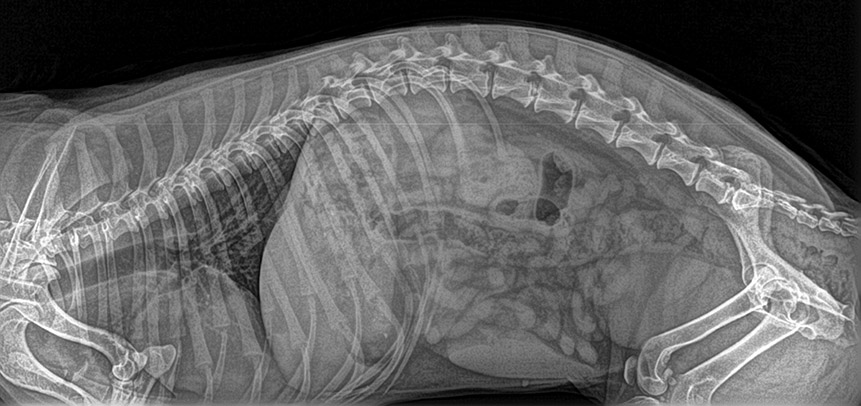

Stem Cell Therapy – Learn More
Are you wondering if stem cell therapy is right for your pet?
Pet owners should discuss appropriateness of treatment for their pet including potential complications of surgery, potential outcomes, a comprehensive treatment plan and associated costs with Dr. Alwen prior to treatment. A checklist of points to consider can be found here.
Feedback from veterinarians and dog owners who responded to voluntary surveys indicated that a large percentage of these patients with arthritis have an improved quality of life after Vet-Stem Regenerative Cell therapy.
Stenting
Tracheal collapse is a common cause of cough in dogs. The condition results from decreased strength within the cartilage of the large airway, and it may affect the trachea in the neck region or within the chest. Treatment of tracheal collapse centers on control of secondary problems such as obesity, infection or chronic bronchitis. When medical treatment fails stent placement may be discussed when collapse occurs within the chest. Use of these stents in dogs with severe and intractable cough or respiratory distress can result in a reduction in cough.
Evaluation of a dog for tracheal stent placement starts with a full work-up for airway disease. We assess overall health status, perform blood tests, x-rays. We can perform specialized measurements to determine the appropriate length and diameter for the stent, then an appropriately sized stent can be ordered.
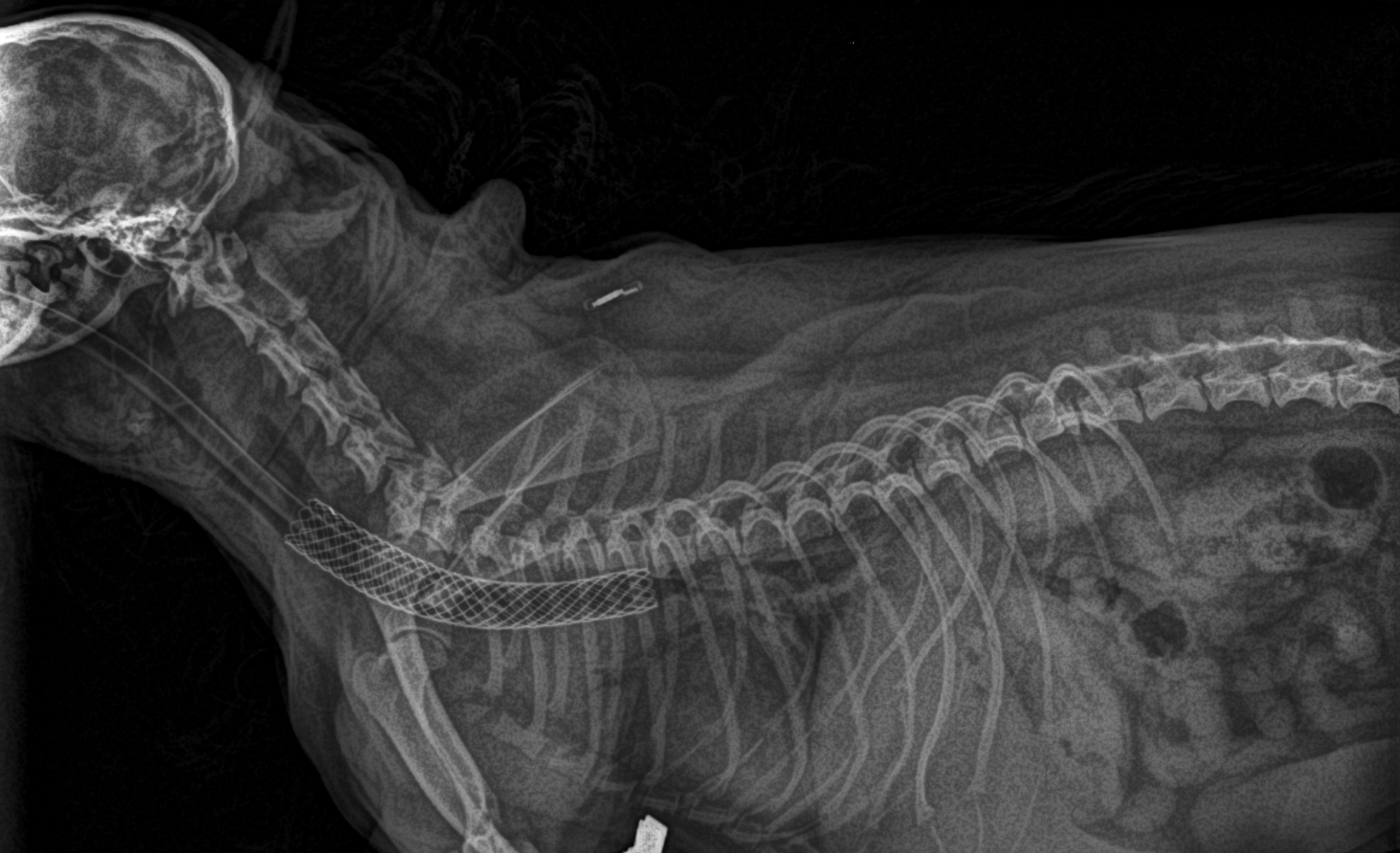
Ultrasound
Ultrasound or “sonography” is another advancement that was once found only at university veterinary hospitals or referral practices. Now the technology is considered a mainstream tool in many veterinary practices. A device called a transducer sends high frequency sound waves into an animal’s body and measures and interprets the patterns reflected. A still or video picture is created on a monitor.
Ultrasound is painless and is very safe on such delicate tissues like the eye, spinal cord, and fetuses. A special type of ultrasound called echocardiography allows a veterinarian to precisely measure heart chambers and view heart valve function which means much better diagnosis for common pet heart problems and more precise treatment.
Radio waves are even helping veterinary dermatologists identify and treat skin conditions in pets. Mainstream surgical techniques with a scalpel can alter or damage delicate skin tissue, making diagnosis difficult.
Appointments
Appointments can be made in 2 ways; Give us a call at the clinic (805)541-8246 or go to the Make an Appointment section of our website homepage. Our receptionists and team will attempt to accommodate all requests to the best of our ability. Emergencies are accepted anytime our clinic is open.
Payments
Edna Valley Veterinary Clinic and Surgical Services accepts payment via cash, check and all major credit cards. To ensure we can continue to provide you high quality service utilizing the best medical technologies, we request that payment be made at the time services are rendered. Estimates can be given for your convenience.
Discounts
Edna Valley Veterinary Clinic and Surgical Services offers a free exam for pets adopted from San Luis Obispo Animal Services or Woods Humane Society. Pre-approval is required to qualify for the rescue group discounts, please call us for more information.
